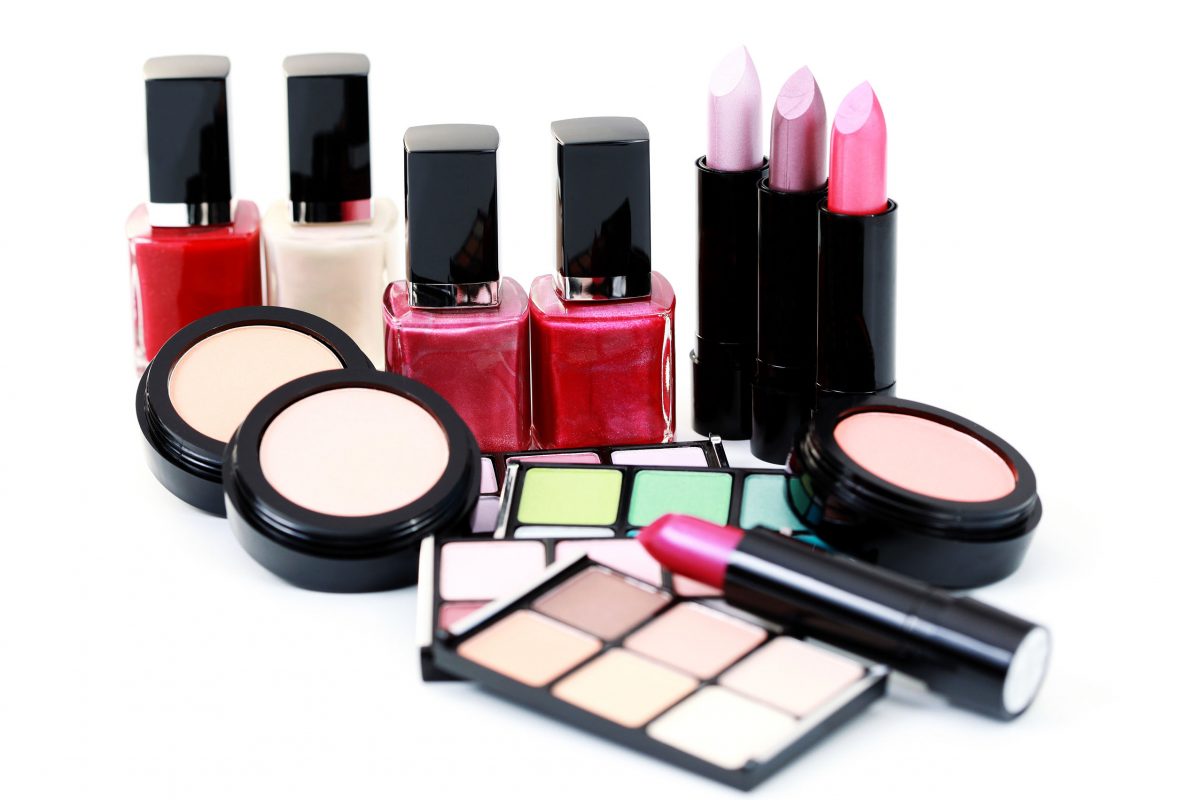All too frequently denied ready access to critical information on manufacturing processes associated with popular product lines in the food, cosmetics and fashion industries, consumers the world over continue to unwittingly run health risks associated with consuming or applying products that may, sooner or later, seriously compromise their health.
In developing countries like Guyana, particularly, consumers rely heavily on second-hand information which is often vague and in the absence of any strong local safety-related guidance, there is sometimes a complete absence of awareness of either the nature or the extent of the risk. And even if there may be local agencies responsible for monitoring the importation of possibly dangerous foods, drugs and cosmetics, these institutions are invariably weak and under-resourced, so that their ability to staunch the flow of possibly harmful imports becomes limited not just by their own inadequacies but by powerful consumer lobbies that are frequently largely indifferent to health risks.
Earlier this week The Stabroek Business happened upon an article published on-line by the New Hampshire-based independent Keene Sentinel (reprinted from the Los Angeles Times) making disclosures that ought to, at the very least, provoke a heightened measure of research by local consumers into their cosmetics choices. The Sentinel post asserts that “last year (2019) the U.S. Food and Drug Administration announced that it had found asbestos contamination in eye shadow, face powder and glitter products sold at Claire’s and Justice, two retailers popular with teens and young women.” While no information is provided on the specific brands of cosmetics involved the astonishingly global nature of the market raises questions as to just where these products are in use and whether or not the largely unorganized pattern of cosmetics importation into Guyana might not mean that many of our appearance-conscious women may not, even now, be carrying some of these products around in their handbags.
Enough is already known here about the dangers of asbestos including the fact that if inhaled it can become lodged in the lungs and might eventually cause mesothelioma, a form of cancer. Many of us may have already read stories linking talcum powder to cancer.
News travels quickly so that according to the Keene Sentinel story “by the time the FDA announced the test results, which confirmed findings from independent labs two years earlier, Claire’s and Justice (the distributor named in the story) had pulled most of the contaminated products from shelves………. but only after coming under pressure from the media and safety advocates.” Claire’s and Justice get a generous pat on the back for removing the items voluntarily because, according to the reprinted story, “the law does not give regulators the authority to pull personal care and cosmetic products from the market, even when they’re tainted with
hazardous chemicals.” In other words, harmful cosmetics are untouchable under the law. “Many no doubt assume the government is empowered to make sure the lipstick, lotions and creams they use every day do not include things that might do them harm. It’s not.” While, according to the article, the Federal Food, Drug, and Cosmetic Act of 1938 gave the FDA oversight over cosmetics and personal care products like shampoo and toothpaste, and barred those products from containing ingredients that are “dangerous and deleterious,” it didn’t give the agency the same enforcement tools as it has for ensuring the safety of food and drugs. There’s no recall power. Nor is there any safety review by the FDA before products are marketed,” though, mind-bogglingly, “consumers can sue the manufacturer if they’re harmed by a defective product,” though “the government isn’t going to do it for them.” In fact, the story quotes a former US Food and Drug Administration Commissioner as saying that “he FDA has limited tools to ensure the safety of cosmetic products.”
Even given its own considerable existing challenges associated with fending off what has become the prevalence of importation of expired foods, this, surely, is a matter that ought to engage the attention of the local Government Analyst-Food and Drugs Department. (GAFDD). The reality is that unlike with some other imports, there is no pattern to the importation of cosmetics into Guyana, unlike in the instance of food and the multiplicity of means of importation mean that all too frequently they circumvent the standard monitoring and inspection procedures.
Nor is the aforementioned example “an aberration,” says the reprinted Los Angeles Times article. “Toxic chemicals are found in a dizzying assortment of personal care products, from hair dye to nail polish to baby lotion,” the article says.
And while it seems that the concerns raised in the US over the safety of cosmetics and body care products has triggered something of a clamour for Congress to “fix the laws regulating cosmetics and body-care products to make them at least as strong at those in the European Union,” that, one suspects, is hardly on the radar of the law-makers in poor, importing countries, where the ‘looking good’ craze among women continues to realise multi-billion dollar returns for the cosmetics industry.
While in the United States attempts to enact corrective legislation to protect consumers has already met with stiff resistance from lobbyists representing the powerful US personal care industry, in developing countries, like Guyana, the problem, more often than not has been the result of the chronic deficiencies of enforcement agencies (like the GAFDD) and, not infrequently, pushback from under-the-table ‘importers’ and their backers. Setting all that aside, the biggest danger would appear to repose in what sometimes appears to be a chronic consumer indifference and a foolhardy preparedness to ‘take their chances’ even in the face of the considerable evidence of the enormity of the risk that they run by doing so.






